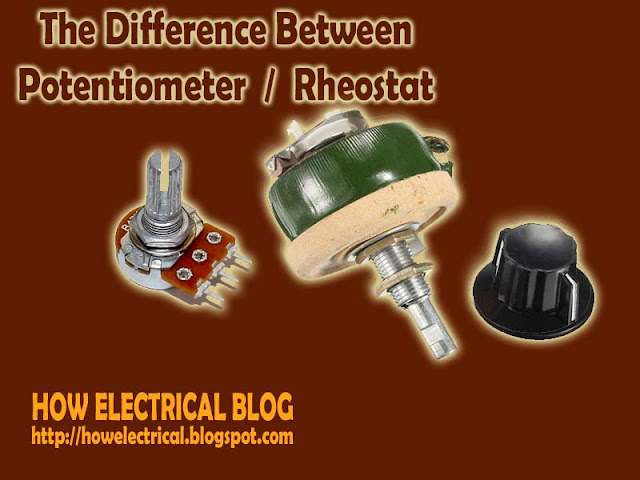Electrical Transformer is a static device which transform electrical energy from one electrical circuit to another electrical circuit without any direct connection. It is also used for electrical power transmission (Step-Up) and distribution the electrical power (Step-Down) and Special purposes. Commonly we know that there are two windings in transformer, The primary winding and the secondary winding. The primary winding is used for input (not fixed) and the secondary winding is used for the output whether it depend upon the situation and requirement. Now there is a question asked an engineer from our Facebook group (Facebook-Group) that what is Tertiary winding in the three phase transformer, the advantages and disadvantages of tertiary winding.
Faraday's Law of Mutual Induction is:
Working Principle Of Transformer
The working principle of transformer is totally depends upon the Faraday's Law of mutual induction.Faraday's Law of Mutual Induction is:
"Rate of change of flux linkage with respect to time is directly proportional to the induced EMF in a conductor or a coil."As you all know well about the transformer working, I will try not to discuss here again. but the main constructional parts of the transformer I share below.
Main Constructional Parts of Transformer
There are following main part of transformer in construction.- Primary Winding
- Secondary Winding
- Magnetic Core of transformer
Now What is Primary winding? The Primary winding of transformer which produce magnetic flux when it is connected to electrical source. And What is the secondary winding? The Secondary winding of transformer is the flux, produce by primary winding, passes through the core will link with the secondary winding. This is also wound on the core of transformer and gives the desired output of the transformer. And the magnetic core of transformer is the magnetic flux produced by the primary winding that will pass through with low reluctance path linked with secondary winding and create a close magnetic circuit in the transformer.
 |
| tertiary winding how electrical blog |
Tertiary Winding of Three Phase Transformer
As we already discuss, there are two windings in the transformer. There is another additional winding we used named "Tertiary Winding". This winding is used in the high rating transformer for the purposes below mentioned. Because of this third winding, the transformer with tertiary winding is also known as three winding transformer.
Advantages of Tertiary Winding in three phase transformer
There are following advantages of tertiary phase winding.
- Tertiary Winding reduces the unbalancing in the primary due to unbalancing in three phase load.
- Tertiary Winding redistributes the flow of fault current.
- Sometime Tertiary Winding is required to supply an auxiliary load in different voltage level in addition to its main secondary load. This secondary load can be taken from tertiary winding of three winding transformer.
- As the tertiary winding is connected in delta formation in 3 winding transformer, it assists in limitation of fault current in the event of a short circuit from line to neutral.
Rating of Tertiary Winding.
Rating of
tertiary winding depends upon its use. If it has to supply additional load, its
winding cross - section and design philosophy is decided as per load, and three
phase dead short circuit on its terminal with power flow from both sides of HV
& MV. In case it is to be provided for stabilizing purpose only, its cross
- section and design has to be decided from thermal and mechanical
consideration for the short duration fault currents during various fault
conditions single line to ground fault being the most onerous.











































